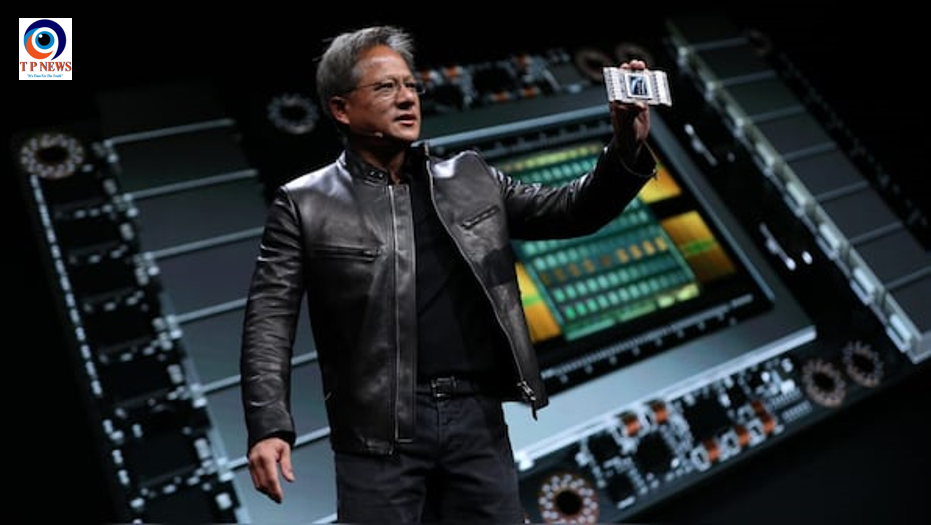Elon Musk’s brain-computer interface startup, Neuralink, is set to implant its device into a second human patient next week, company executives confirmed during a briefing on X (formerly known as Twitter). The announcement marks a significant milestone for Neuralink, which aims to revolutionize the interaction between human brains and digital devices.
Currently, Arizona-based Noland Arbaugh is the only person to have received the Neuralink brain chip implant. Arbaugh, who was paralyzed from the shoulders down following a 2016 accident, underwent the procedure earlier this year. Musk expressed optimism about increasing the number of recipients, stating, “We hope to have, if things go well, high single digits by the end of this year.”
In a previous update in May, Neuralink revealed that the tiny wires inside Arbaugh’s brain had shifted out of position. However, during the recent briefing, Musk assured that the implant had become “more or less very stable.” He added, “We’re only just moving now to our second Neuralink patient, but we hope to have more participants by year-end.”
Neuralink executive Dongjin “D.J.” Seo elaborated on the technical aspects of the brain implant, explaining that it takes time for the brain tissues to anchor the threads in place post-surgery. “Once that happens, everything has been stable,” Seo said, as quoted by Reuters.
To ensure the safety and success of the implants, Neuralink has implemented several risk mitigation measures, including skull sculpting and adjusting carbon dioxide levels in the blood to normal ranges.
Musk also highlighted the broader vision of Neuralink, emphasizing its potential to address the long-term risks associated with artificial intelligence. “The long-term goal of Neuralink is to mitigate the longer civilizational risk of AI,” he said. “Neuralink can help create a closer symbiosis between human intelligence and digital intelligence.”
The Neuralink brain implant allows paralyzed patients to control digital devices using only their brain signals. The device captures brain signals through tiny wires and translates them into actions, such as moving a cursor on a computer screen. In videos shared by Neuralink, Arbaugh has demonstrated the ability to play video games, browse the internet, and navigate his laptop without physical movement.
As Neuralink prepares to implant its second brain chip, the company is poised to make significant strides in enhancing human-computer interaction, potentially offering new levels of independence and capability to individuals with severe physical limitations.











